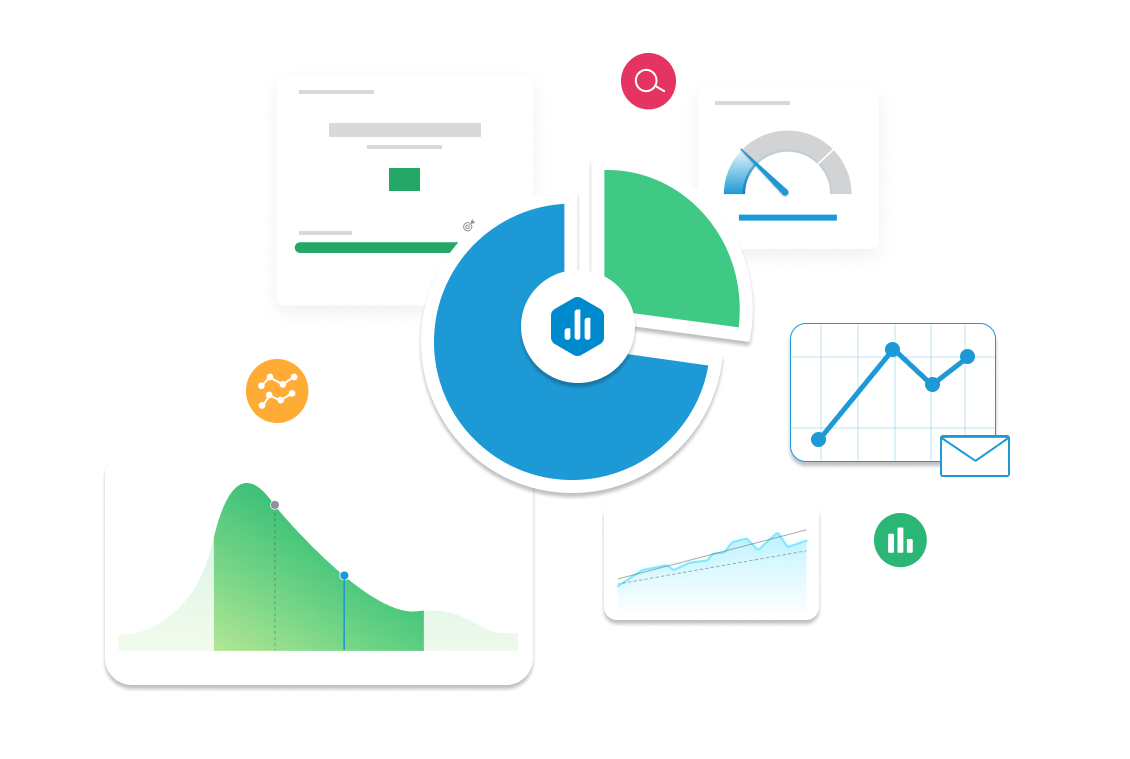Inventory Turnover Rate
Discover how Inventory Turnover Rate helps businesses measure how quickly they sell and replace inventory within a specific period. Learn how to track, analyze, and improve this KPI to optimize stock management and cash flow.

| Category |
Marketing, Ecommerce |
|---|---|
| Type |
Lagging Indicator |
| Calculation |
Inventory Turnover Rate = Cost of Goods Sold (COGS) / Average Inventory Where:
|
| Measure |
Tracks how many times inventory is sold and replaced during a given period, helping businesses avoid overstocking or understocking. |
| Data Sources: |
Shopify, NetSuite, QuickBooks, Zoho Inventory, TradeGecko, Microsoft Dynamics, ERP systems. |
| Frequency |
Tracked monthly or quarterly to optimize inventory levels and purchasing strategies. |
Example target
Increase inventory turnover rate to 8 in Q3 by improving demand forecasting, eliminating slow-moving items, and tightening reorder cycles.
Example Reports Use Case
An Inventory or Operations Manager uses this KPI to evaluate how efficiently stock is moving. If turnover is too low, they may reduce purchase quantities or run clearance promotions. If too high, it could indicate stockouts or missed sales.



